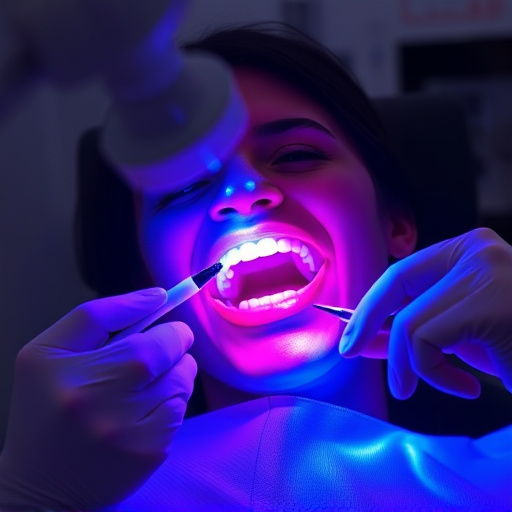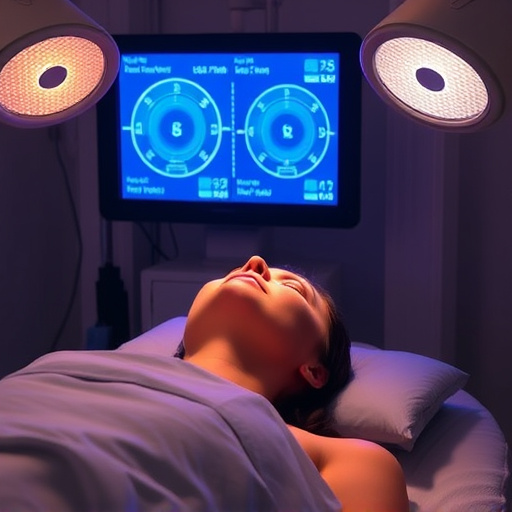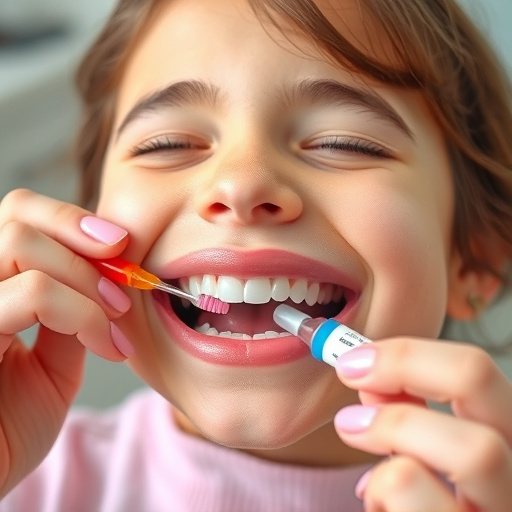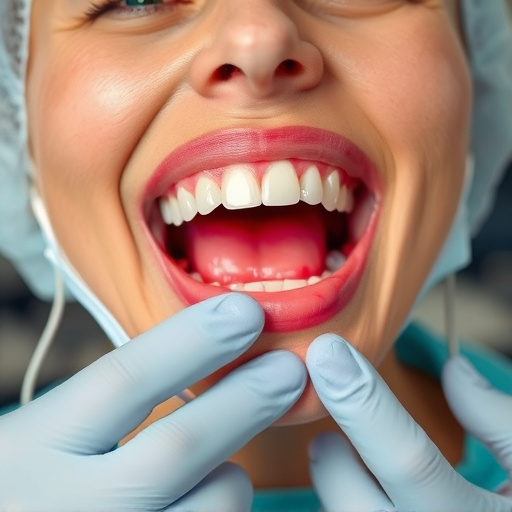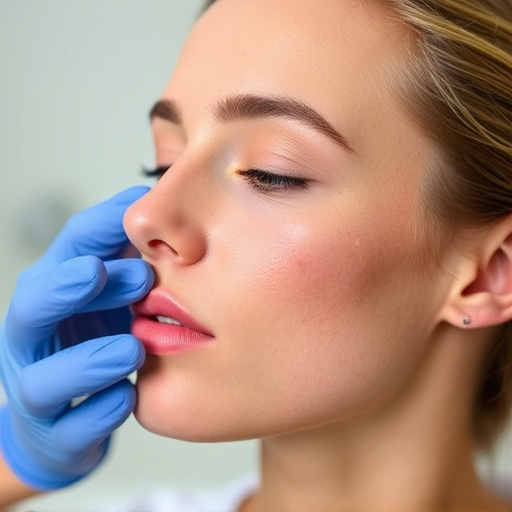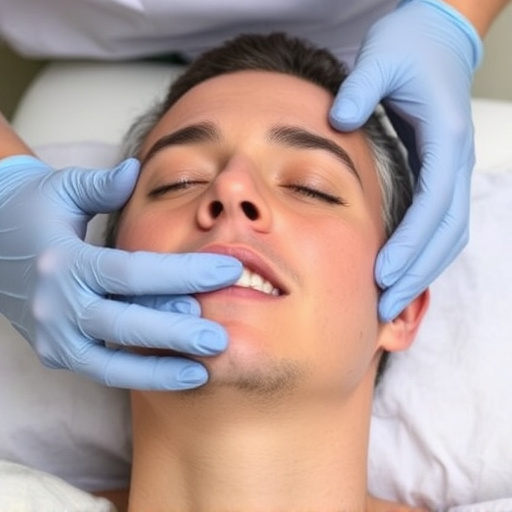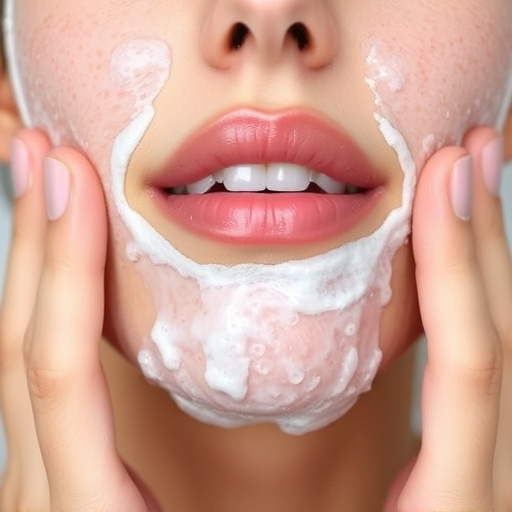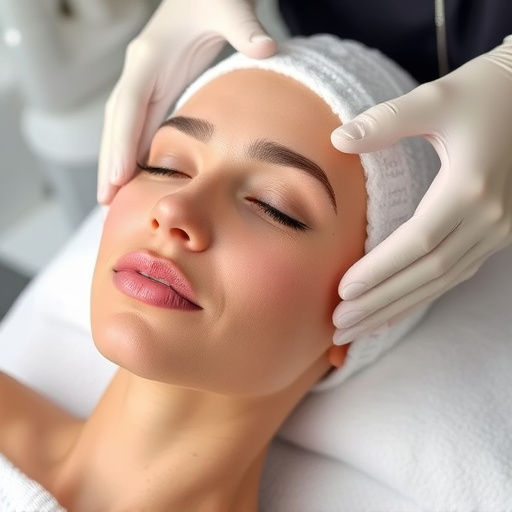Dermatitis treatment involves understanding types like atopic, contact, and seborrheic dermatitis for tailored care. Topical creams with corticosteroids offer immediate relief and deep penetration for various dermatitis conditions. Severe cases may require oral medications such as antihistamines, corticosteroids, or immunosuppressants, prescribed by dermatologists for internal inflammation management and skin health improvement. Oral meds can also potentially enhance skin brightening due to anti-inflammatory properties.
Dermatitis, a common skin condition, can be managed effectively through various treatment options. This article explores the multifaceted approach to dermatitis treatment, focusing on topical creams and oral medications. Understanding different types of dermatitis is key, as it dictates the best course of action, whether it’s soothing topicals for mild cases or stronger oral drugs for severe inflammation. By delving into these methods, we aim to provide insights into effective dermatitis treatment.
- Understanding Different Types of Dermatitis
- Topical Creams: First Line of Defense
- Oral Medications for Severe Cases: When Needed
Understanding Different Types of Dermatitis

Dermatitis is a broad term encompassing various skin conditions characterized by redness, itching, and inflammation. Understanding the specific type of dermatitis is crucial for effective dermatitis treatment. There are several classifications, each with unique manifestations and triggers. Atopic dermatitis, for instance, is often associated with dry skin and is prevalent in individuals with a family history of allergies. Contact dermatitis results from direct exposure to irritants or allergens, leading to localized reactions. Seborrheic dermatitis affects areas rich in sebaceous glands, such as the scalp and face, causing greasy patches and flaking.
Recognizing these differences is essential as it guides the choice of dermatitis treatment. Topical creams, including corticosteroids and anti-inflammatory agents, are commonly prescribed to alleviate symptoms. For more severe cases or specific types like atopic dermatitis, oral medications may be recommended. Additionally, maintaining overall skin health and exploring remedies for related conditions like acne treatments can contribute to managing dermatitis effectively.
Topical Creams: First Line of Defense

Topical creams are often the first line of defense in dermatitis treatment due to their direct application to the affected area. Formulated with a range of active ingredients, these creams can provide significant relief from itching, redness, and inflammation. They work by strengthening the skin barrier, hydrating the skin, and reducing the response that causes dermatitis symptoms.
Professional skincare routines often begin with a thorough assessment and recommendation of suitable topical creams tailored to the individual’s specific dermatitis type. These creams are designed to penetrate the skin deeply, offering both short-term relief and long-lasting improvements in skin health and brightness.
Oral Medications for Severe Cases: When Needed

In severe cases of dermatitis, oral medications can be a vital component of dermatitis treatment. While topical creams are often the first line of defense, oral drugs may be prescribed by dermatologists to combat persistent or widespread inflammation. These medications include antihistamines, corticosteroids, and in some instances, immunosuppressants. Antihistamines help reduce itching and rashes, while corticosteroids shrink inflamed skin patches. For more severe conditions, doctors might recommend immunosuppressants, which suppress the immune system’s overactive response contributing to dermatitis.
Oral medications are typically considered when topical treatments alone aren’t effective or in cases of widespread dermatitis affecting large areas of the body. They offer a way to manage symptoms and promote healing from within. Moreover, these treatments can also indirectly support other aspects of skin care routines, such as laser hair removal and skin rejuvenation, by addressing underlying inflammation that might hinder the effectiveness of those procedures. Additionally, some oral medications have been linked to potential skin brightening benefits as a result of their anti-inflammatory properties, though this should be discussed with a healthcare professional.
Dermatitis treatment involves a multi-faceted approach, with topical creams as the first line of defense against symptoms. For more severe cases, oral medications can provide additional relief. Understanding the different types of dermatitis and the available treatments empowers folks to effectively navigate their skincare journey, leading to improved comfort and quality of life. Remember that, in terms of dermatitis treatment, a combination of topical and oral options can offer comprehensive relief for even the most stubborn symptoms.
